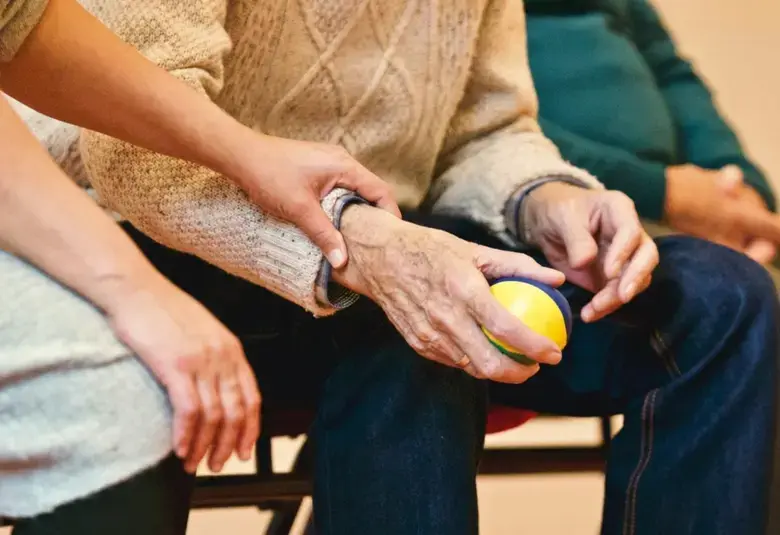In 2020, when should a person diagnosed with Parkinson’s disease start treatment? Which lifestyle and pharmacologic therapies improve quality of life and decrease the rate of disease progression? What are the medical management strategies for advanced disease? These questions were answered by experts at MDS Virtual Congress 2020.
Current management of early-stage Parkinson’s disease
Early treatment could decrease the rate of disease progression1
The evidence for early treatment when PD is first diagnosed is compelling,1 said Professor Oscar Gershanik of Buenos Aires, Argentina. Implementation of a variety of lifestyle and pharmacologic therapies improve quality of life and decrease the rate of disease progression. These include:
- exercise training, which can improve striatal plasticity and increase dopamine release, and improves both motor and non-motor symptoms2
- a Mediterranean diet, which is associated with a lowered risk of the non-motor symptoms that often precede a diagnosis of PD3
Exercise training can improve striatal plasticity and increase dopamine release
- sleep hygiene to address the sleep disturbances in PD that appear to impair removal of toxic neuronal products from the brain by the glymphatic system4
- promotion of social interactions and intellectual activities, including “being heard”5
- addressing associated mood disorders of depression and anxiety5
- pharmacological therapy, though the choice of medication for this early stage of the disease is controversial, with the two options being levodopa or second-line levodopa-sparing therapies to avoid motor complications arising from early initiation of levodopa6—Professor Gershanik highlighted the need to analyse all new evidence critically.
Choice of medication for early PD is controversial
Medical management strategies for patients with advancing PD
Three stages of advancing PD requiring different management interventions can be identified, said Regina Katzenschlager of Vienna, Austria.
- Stage 1 is characterized by re-emerging or worsening motor symptoms. The choice of medication is as for early PD and dependent upon age, comorbidities, and ongoing medications. Addition of a dopamine agonist to levodopa can help in delaying dyskinesias.7
- Stage 2 is associated with motor fluctuations and/or dyskinesias, each of which occur in approximately 40% of patients after 4–6 years of levodopa therapy,8 and on-demand and device-aided formulations may prove beneficial.
A lack of effective pharmacological therapy for advanced PD
- Stage 3 is associated with non- and partially dopamine-related symptoms with freezing of gait, postural abnormalities, falls, dysarthria, dysphagia, and drooling. Physiotherapy and other non-pharmacological palliative therapies can be beneficial, but there is a large unmet need for effective pharmacological therapy.
Dr Katzenschlager concluded that physicians have a responsibility to tailor symptomatic treatment to the needs of each individual patient and to evaluate for continuing efficacy and safety of therapies throughout the entire illness, including palliative needs.
For the latest updates on sea.progress.im, subscribe to our Telegram Channel https://bit.ly/telePiM
Our correspondent’s highlights from the symposium are meant as a fair representation of the scientific content presented. The views and opinions expressed on this page do not necessarily reflect those of Lundbeck.




